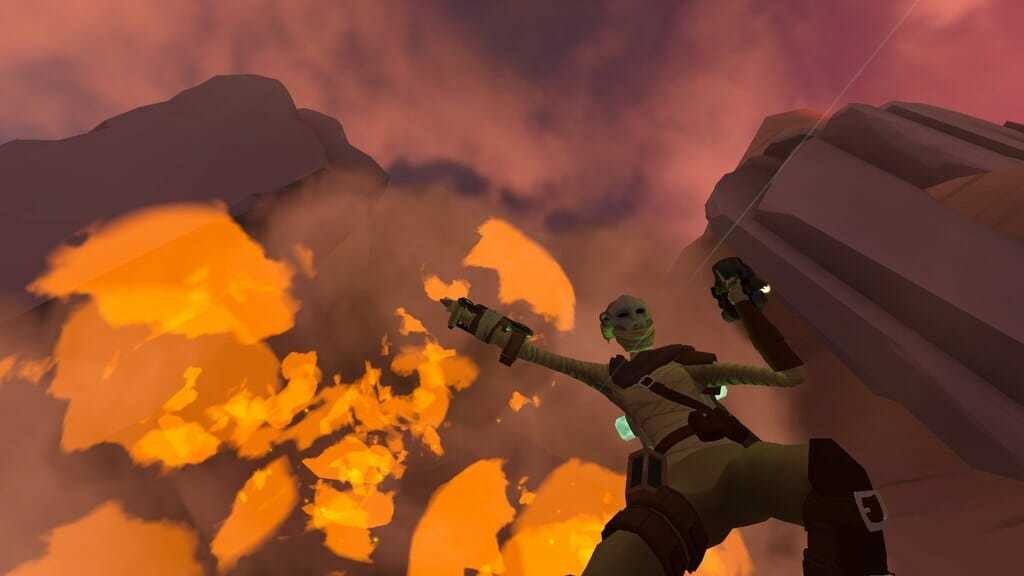about 6 years
ago -
Bossa Julia
-
Direct link

Hi Sylvain here,
Last Tech Tuesday we covered the Hotfixes and the technical challenges, decisions and processes we had to put in place to allow ourselves to release hotfixes faster to the community.
First I wanted to make it clear that together with committing to more focused updates, we have actually pledged to react faster after updates and deliver hotfixes on critical issues where we can.
Deciding if something is critical is obviously a subjective call especially in a game that is still under development and will receive significant improvements in the coming months.
I will try and explain the decision making process here but clearly this is not always an exact science.
The first question is about whether the issue was introduced or exaggerated by the last update, this is really important - if an issue has been around for a while, player behaviours and the game ecosystem might have adapted and the longer an issue has been in the game the more likely a fix will have side effects. Improving on this issue might require a more thorough thought process, additional design, a longer phase on the PTS, etc.. This explains why some issue have stayed in the game longer than wanted and did not get resolved in a hotfix but rather a full update. Using a hotfix to address an issue is of course more critical when the issue is new as to avoid the damage to propagate. This is why we reacted and adjusted the Overheating values right after the update to avoid too many players changing their designs according to broken values.
The second question is how deep is the impact of that issue. As Murillo explained in the last post, one of the toughest part of delivering fast hotfixes is to decide what does not make it in a hotfix. As each additional fix could delay the release, increase the test time and create more issues. So for this we are using a few rules for what's HOT :
- If it is an economy exploiting issue (example: duping) : it gets fixed.
- If it makes unfair changes to the game, depending on how many players get affected, it is seriously considered.
- If it is an issue that could make players lose their progress or ships : it get fixed (remember this is for new issues only, older issues are usually harder to fix)
- If it affects game stability : it gets fixed.
- If it affects performance : it get fixed.
- If it is a recently discovered exploit that make the game unfair and players can execute reliably : it gets prioritised.
- If it affects a main game system and is a straightforward issue to fix : it gets prioritised.

To summarise, hotfixes usually address issues with the last update or recently discovered issues that would significantly affect the enjoyment of the game. A big part of the decision is whether the issue is fast to diagnose and fix though.
There is an additional case where we would create a hotfix (update 29.4 was actually one of these) : if we have a significant fix to a long lasting issue that received significant improvement and the next update is too far away, we would try and deliver a minor update. Basically we really did not want to wait to improve the ship smooth sailing behaviour until the next full release.
To put in focus how this affects the game you play, I want to point at an example where the process upgrades, the faster decision making and also thanks to players reporting the issues so diligently, we have in the best case managed to fully release a hotfix for a duping issue in less than 24 hours from reporting to actual hotfix reaching the players.
As always, see you in the skies,
Sylvain